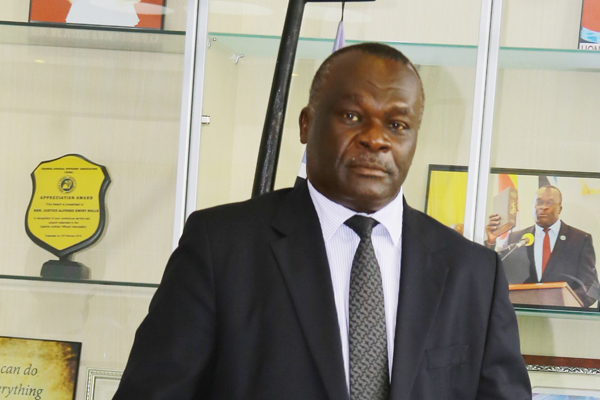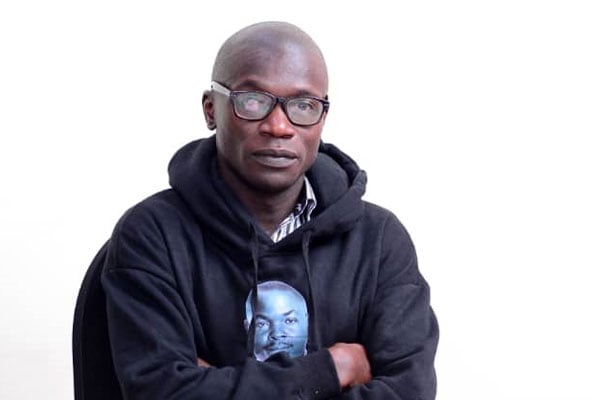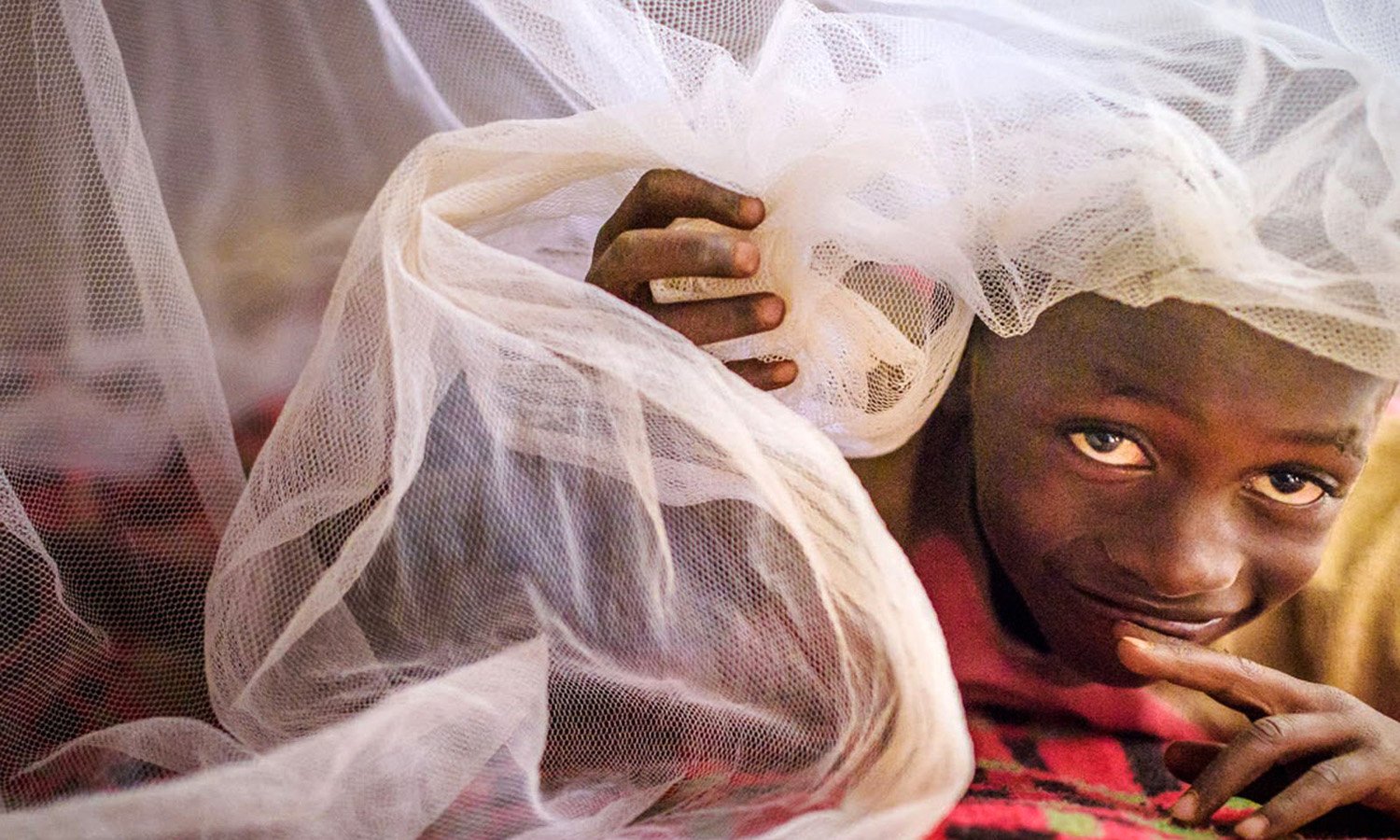Prime
Judiciary needs to be accorded appropriate focus and attention - CJ

Justice Owiny-Dolo. Judiciary requires adequate manpower and tools to effect Articles 28(1) and 126(2)(b) of the Constitution which provides for the delivery of justice without delay. PHOTOS / RACHEL MABALA
What you need to know:
- President Museveni instructed the Judiciary to scale up its proposed budget from Shs770 billion to Shs800 billion during the proposals process. However, when the National Budget was read in June, the Judiciary had been given a ‘measly’ Shs356 billion. It is once again warning that without adequate investment in the administration of justice, Uganda’s development will remain stunted and violence stemming from land wrangles will go on unabated, Derrick Kiyonga writes.
When, in June last year, President Museveni signed into law the much-awaited Administration of the Judiciary Bill, there was a palpable expectation by its proponents that within no time the law will transform the Judiciary into a fiscally independent institution that delivers justice to Ugandans in a timely manner.
What captured the attention of many were the quick deliverables the law immediately brought to the table: a retired Chief Justice and a retired Deputy Chief Justice would continue to get their respective monthly salaries in full, while other ordinary judges, including the Principal Judge, the administrative head of the High Court, would get 80 percent of their salaries for the rest of their lives.
But the bigger picture, according to its supporters, was to operationalise Article 128(5) of the Constitution, which stipulates that the Judiciary shall be self-accounting and may deal directly with the ministry of Finance in relation to its finances.
Section 33 of the Administration of the Judiciary Act 2020, in particular, changes the dynamic when it says that funds of the Judiciary shall include; money appropriated by Parliament for the purposes of the Judiciary; grants or donations approved by the minister responsible for Finance, and all other money received by the Judiciary in the exercise of its functions.
It’s now coming to a year since the law came into force, but the Judiciary is yet to get the financing they had anticipated and are still asking other arms of government – the Executive and Parliament – to have a change in perception since the Judiciary has a big say on how the economy functions.
“A paradigm shift is needed so that appropriate focus and attention are accorded to the Judiciary as an arm of government (just like Parliament) considering its constitutional mandate and the peculiar challenges it faces. This would ensure that it gets the necessary funding that is adequate for effective delivery of judicial services,” Chief Justice Alfonse Owiny-Dollo said on November 15 at the High Court Criminal Division as he was reading the first Judiciary Annual Performance Report.
This in accordance with Section 39(1) of the Administration of the Judiciary Act that requires the Chief Justice to publish an annual performance report for every concluded financial year, and distribute copies of the same to the President, the Speaker of Parliament and any other stakeholders.
Same problems
The problems are still the same: the Judiciary is short of manpower, which handicaps it from effectively delivering meaningful justice to Ugandans who flood courts to settle disputes.
“The Judiciary requires adequate manpower and tools to effect Articles 28(1) and 126(2)(b) of the Constitution, which provides for the delivery of justice without delay. The available manpower in the period was not commensurate with the volume of cases filed,” said Justice Owiny-Dollo. He explained how the Judiciary has struggled with delays and case backlog of 152,582 cases brought forward from the Financial Year 2019/20 and this was aggravated by the 165,347 cases registered in the Financial Year 2020/2021, which were more than the cases brought forward from the previous year.
In terms of sub-regions, Ankole is giving Judiciary bigwigs a headache as it has the biggest case backlog owing to the fact the all the 12 districts are served by only three judges who are under one High Court circuit in Mbarara and the Judiciary says if it had the fiscal muscle it would install two other High Court circuits in the area.
Busoga sub-region, which has about 3.8 million people, is served by two High Court judges under the High Court circuit in Jinja City, and the Judiciary insists that it needs a minimum of three High Court circuits to cover the eight regions in the sub-region.
Acholi, which is Justice Owiny-Dollo’s home sub-region, is a huge geographical area but it’s served by the High Court circuit in Gulu Town, forcing litigants to travel as far as 200 kilometres in search of justice.
Still, the Judiciary proposes two more High Court circuits for the sub-region.
The ratio of judicial officers to the population paints a miserable picture: Judiciary documents reviewed by this newspaper show that while Uganda has nine Supreme Court justices with one Supreme Court judge allotted 5.1 million people; the Court of Appeal has 13 justices, with each judge apportioned 3.5 million people; the High Court has 59 justices, with each of them allotted 793,103 people; and 247 magistrates with each serving 158,075 people.
Judiciary Council
Section 4 of the Administration of the Judiciary Act 2020 establishes the Judiciary Council whose role is to advise the Chief Justice on the administration of the Judiciary and its membership includes: the Chief Justice, the Deputy Chief Justice, the Principal Judge, the Attorney Genera, the Director of Public Prosecutions, one justice representing superior courts, one judicial officer representing the lower bench. The others are the Solicitor General, Chief Registrar, Secretary to the Judiciary, Secretary to the Treasury; The representative of Justice Law and Order Sector (JLOS) institutions, other than the ministry responsible for justice; the president of the Uganda Law Society; the chairperson of the Uganda Law Council; two members of the public nominated by the Judicial Service Commission; and the Chief Inspector of Courts.
Early this year, in one of its first acts, the Judiciary Council approved a new Judiciary structure, moving away from the one approved by the Parliamentary Committee on Legal and Parliamentary affairs of 2009.
The new structure would see the Supreme Court justices increase from the envisioned 10 to 20, the Court of Appeal, which doubles as the Constitutional Court, would expand from the envisaged 14 justices to 55 justices and the High Court judges would increase from the envisaged 82 to 150.
The lower bench was not left out.
Registrars would move from nine to 12, deputy registrars would move from 47 to 80, assistant registrars would move from 32 to 40, chief magistrates would increase by 60 from the 100 currently envisioned and Grade One magistrates would increase from the 386 to 514.
In order to achieve this, Justice Owiny-Dollo and other leaders in the Judiciary knew they needed more money for this financial year than the Shs200 billion they got the last financial year.
Article 155(2) of the Constitution states: “The head of any self-accounting department, commission or organisation set up under this Constitution shall cause to be submitted to the President at least two months before the end of each financial year estimates of administrative and development expenditure and estimates of revenues of the respective department, commission or organisation for the following year.”
Justice Owiny-Dollo in February presented the Judiciary’s budget estimates to President Museveni at State House Entebbe.
Mr Museveni, who is said to have been positive, guided that the budget should be enlarged to a tune of Shs800b since he wanted eight Court of Appeal stations opened up in the countryside instead of the five stations that Justice Owiny-Dollo had tabled.
If the Treasury could not find the Shs800 billion, the Judiciary had also proposed an adjusted budget totalling to Shs600 billion.
These plans were eventually upset when on July 10, Mr Amos Lugoloobi, the minister of State for Finance, read the Budget under the theme ‘Industrialisation for Inclusive Growth, Employment and Wealth Creation,’ which gave the Judiciary Shs356 billion, meaning that the budget was only increased by Shs156 billion – which the Judiciary leadership insists it’s precious little and it’s costing the economy.
“In the Commercial Court alone, over Shs5 trillion was locked up in the 6,094 unresolved cases,” Justice Owiny-Dollo said.
“The volume of pending land cases as of June 30 stood at 32,413 broken down as follows: 15,966 at the High Court, 10,944 at the Chief Magistrates Court 5,419 at the Magistrate Grade One Court. This means that a vast amount of land and resources are locked up and not contributing to the economic development of the country.”
The volume of pending land cases, according to the Judiciary, stands at 32,413 including 15,966 cases with a minimum value of Shs51m at the High Court level without factoring in the value of money locked up in unresolved land disputes at the lower Courts.
“This means that a vast amount of land and resources worth trillions of Uganda shillings is locked up and not contributing to the economic development of the country,” Justice Owiny-Dollo said.
“A spike in land disputes stemming from development projects has several negative impacts. A large percentage of criminal cases have origins in unresolved land disputes. Apart from impeding development projects, incurring significant costs to government, and disrupting social order; slow resolution of land disputes has a negative impact on agricultural productivity.”
The Administration of the Judiciary Act 2020 has been in force for more than a year now and now the Judiciary is calling for its full implementation through establishing the Judiciary Service, delinked from the traditional Public Service; expanding the Judiciary service structure to enhance the numbers of judicial officers in accordance with the 2021 approved structure; Expand the Judiciary service structure to enhance the numbers of non-judicial officers in accordance with the 2009 approved structure; and expanding the structure of the non-judicial administrative and staff.
All of this will need money which so far, the Executive has refused to provide.





